Description
Product Overview
Casio’s much-anticipated follow up to it’s hit the PXS1000 is as good as we’d all hoped. The lightweight frame has been retained, as has the award-winning AiR Multi-dimensional Tone Generator…the only of it’s kind at this type of price point. They’ve improved the speaker performance, and delivered both Bluetooth Midi and Audio – an unbeatable combination of musical performance and features for the price. Casio has been a force to be reckoned with in the entry-level digital piano market for a number of years now, with a reputation for offering consumers a lot of bang for their buck, with an arguably superior value proposition than similarly priced Yamaha products. The Casio Privia PX-S1100 digital piano is their latest entry to this part of the market.
Piano Action
The Casio PX-S1100 makes use of the Smart Scaled Hammer Action Keyboard – an ultra compact piano action that manages, more than any other before it, to achieve the sense of true weighted keys without bloating the weight or dimensions of the portable. One of the biggest challenges with compacting keys is maintaining the proper sense of motion and force at all dynamic ranges…and for the vast majority of hobby, student, and even contemporary professional use, this action will deliver just that.
The texture on the white keys has been upgraded over previous entries to the Privia series, coming close to the feel of ivory. The weighting is solid, and even accounting for the slight regression to a double sensor, this action still offers satisfying playability.
Piano Sound Engine
The Casio PX-S1100 feature’s Casio’s well-reviewed AiR tone generator. This a sample-based engine (4-velocity layer) with additional synthesis. This engine features ample polyphony with 192 notes, and a 16-watt amplification system running through a surprisingly powerful stereo speaker system. The acoustic piano tone really stands out, with lots of players arguing that it’s the best in it’s class. The Casio PX-S1100 also offers onboard control over reverbs and chorus effects which can be accessed via ‘Sound Mode’. This new feature essentially simulates a surround-sound-like effect, both when playing with the speakers engaged and with headphones. They’ve also included 4 types of hall simulator options that simulate the sonic experience of playing inside 4 different concert halls.
There are 18 on-board sounds, such as electric piano, harpsichord, and vibraphone, which are all quite nice, but another notable observation, the various sound patches are not normalized to one another with regards to volume, so you may have to do some adjusting when switching between tones.
Connectivity
The Casio PX-S1100 offers up dual 1/4″ stereo outputs as did its predecessor, but also adds Bluetooth connectivity with the use of a USB dongle. It’s a welcome addition and puts it squarely in competition with the Roland FP30x. It still offers up USB connectivity as well, and leaves space for both single and triple pedal connections and dual headphone connections.
Notable Features
The fact that you can avoid the AC adapter and instead run the PX-S1100 on battery power is a definite standout that will undoubtedly appeal to certain users. The PX-S1100 can go for up to 4 hours on AA batteries, something some gigging musicians will take advantage of. We should also highlight the slim design Casio went with as the PX-S1100 is definitely one of the most portable 88-note digital piano available, along with the Roland FP10.
- AiR Tone Generator with damper resonance and string resonance
- 18 on-board sounds
- 192 note polyphony
- Super modern top panel design with illuminated touch sensor controls
- Onboard 16W stereo amplifier with two stereo speakers
- Smart Scaled Hammer Action Keyboard
- Bluetooth Audio & Midi
- Compatibility with the free Chordana Play for Piano app for iOS/Android
- Weighs less than 25 lbs
- Two headphone jacks
- 2 ¼” audio outputs (R/L Mono)
- Metronome
- MIDI recorder
- Music rest
- Standard basic sustain pedal
- Optional SP-34 3-pedal unit add-on accessory
Conclusions
With a slick, modern appearance, the Casio PX-S1100 is a worthwhile successor to the popular PX-S1000. While there are some other models at this price point that might have a better tone, or another that may feel a little bit better, the total package Casio is offering here may be just the ticket for you.
Casio PX-S1100 Manuals
- [English] PX-S1100 Owner’s Manual
- [English] PXS1100_Keyboard Function List
- [English] PXS1100_Connection Guide
Casio PX-S1000 Related Resources
- Casio PX-S1100 Review & Demo
- Casio PX-S1100 vs Roland FP-10 Comparison
- Yamaha P125 vs Casio PX-S1100 Comparison
Specs
| Keyboard | 88-key piano keyboard Duet: Adjustable tone range (–2 to +2 octaves) Transpose: –12 to 0 to +12 semitones Octave shift –2 to 0 to +2 octaves |
| Sound Source | Number of Tones: 18 (17 full-keyboard tones + 1 low-range bass tone) Layer (excluding bass tone) Split (bass tone only in low range) Maximum polyphony: 192 notes Touch Response: 5 sensitivity levels, Off Tuning: 415.5Hz to 440.0Hz to 465.9Hz (0.1Hz units) Temperament: Equal temperaments plus 16 other types |
| Acoustic Simulator | Hammer response, Key off response, String resonance, Damper resonance, Damper noise, Key on action noise, Key off action noise |
| Sound Mode | Hall simulator (4 types), Surround (2 types) |
| Other Effects | Chorus (4 types), DSP, Brilliance (–3 to 0 to +3) |
| Demo Song | 1 |
| Music Library | Built-in Songs 60 User Songs: 10 (Up to approximately 90KB per song, approximately 900KB for 10 songs)* Based on 1KB = 1024 bytes, 1MB = 10242 bytesSong volume: Adjustable (Setting also affects MIDI recorder song playback.) Part On/Off: L, R |
| MIDI Recorder | Functions: Real-time recording, playback Number of Song: 1 Number of Tracks: 2 Capacity: Approximately 10,000 notes total Recorded Data Protection: Built-in flash memory MIDI recorder volume: Adjustable (Setting also affects Music Library song playback.) |
| Metronome | Beat bell: Off, 1 to 9 (beats) Tempo Range: 20 to 255 Metronome Volume Level: Adjustable |
| Pedals | Included SP-3 pedal assignable functions: Damper (off, on), sostenuto (off, on), soft (off, on), metronome (start, stop), tempo setting Separately available SP-34 pedal unit: Damper (off, half, on), sostenuto (off, on), soft (off, on) |
| Other Functions | Auto Resume Panel Lock Notification tones (Selectable sets 1, 2, 3; Adjustable volume) |
| Bluetooth Connection | Bluetooth Version: 5.0 Supported Profile: A2DP Supported Codecs: SBC Wireless Output: Bluetooth Class 2 Transmission Frequency Range: 2402 to 2480 MHz Maximum Wireless Output: 4 dBm |
| MIDI | 16-channel multi-timbre receive |
| Inputs/Outputs | PHONES jacks: Stereo mini jacks (3.5mm) x 2 Power: 12V DC AUDIO IN jack: Stereo mini jack (3.5mm)/ Input impedance: 10kΩ, Input voltage: 200mV LINE OUT R, L/MONO jacks: Standard jacks (6.3mm) x 2/ Output impedance: 2.3kΩ, Output voltage: 1.3V (RMS) MAX USB port: Type B DAMPER PEDAL jack: Standard jack (6.3mm) PEDAL UNIT jack: Proprietary jack |
| Acoustics | Amp output: 8W + 8W Speakers: 16cm x 8cm (oval) x 2 |
| Power Supply | 2-way Batteries: 6 AA-size alkaline batteries Battery Life: Approximately 4 hours continuous operation on alkaline batteries Actual continuous operation time may be shorter due to battery type and performance type. AC Adaptor: AD-A12150LW Auto Power Off: Approximately four hours (under AC adaptor power) or six minutes (under battery power) after last operation, can be disabled. |
| Power Consumption | 10W |
| Dimensions | 132.2 (W) x 23.2 (D) x 10.2 (H) cm (52 1/16 x 9 1/8 x 4 inch) |
| Weight | Approximately 11.2kg (24.7 lbs) (without batteries) |
| Included Accessories | Pedal (SP-3), AC Adaptor (AD-A12150LW), Music Stand |
| EAN code | PX-S1000RD: 4971850362555 PX-S1000BK: 4971850362470 PX-S1000WE: 4971850362487 |
Additional Information
| Weight | 32 lbs |
|---|---|
| Dimensions | 58 × 12 × 8 in |

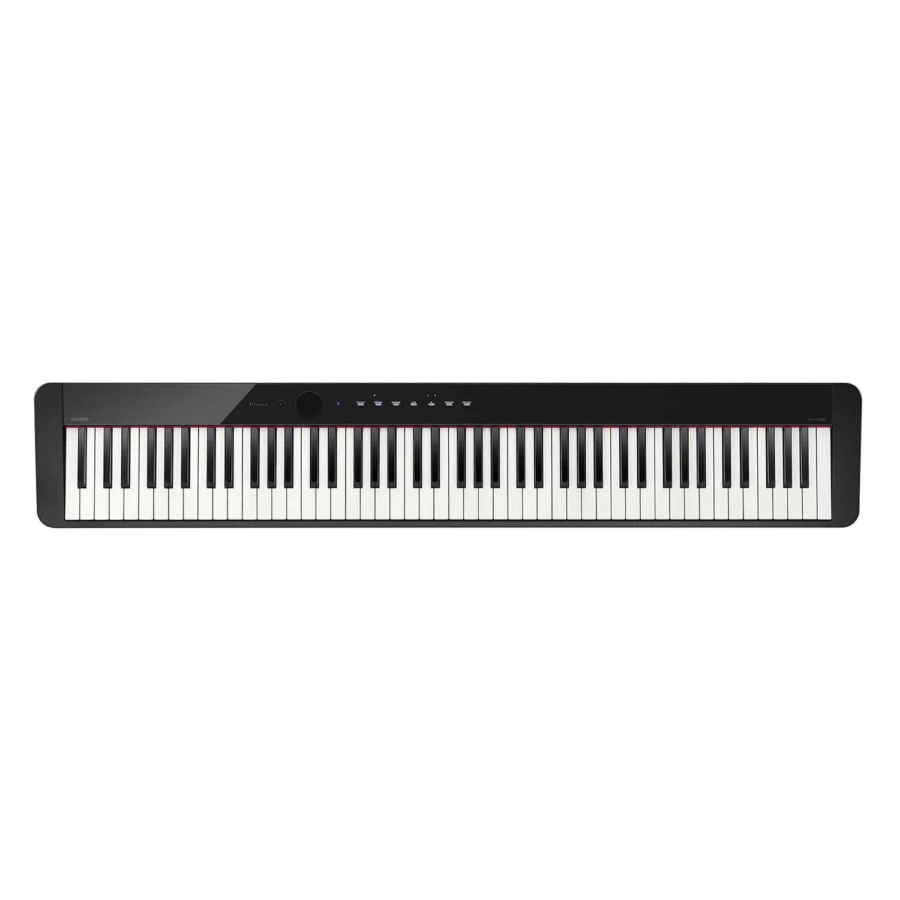

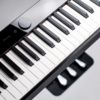
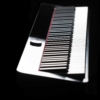
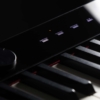
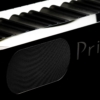
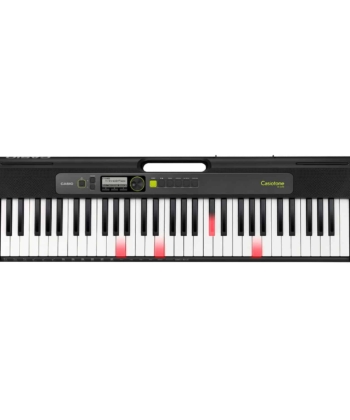
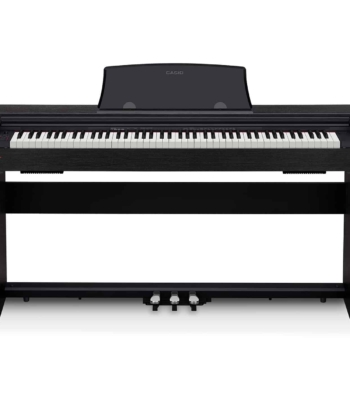
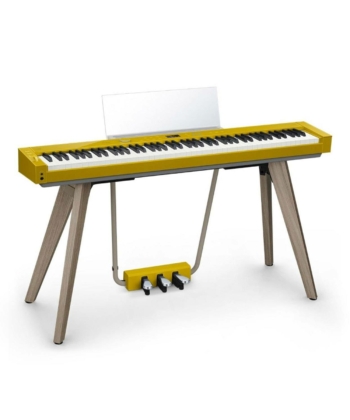


Reviews
There are no reviews yet.